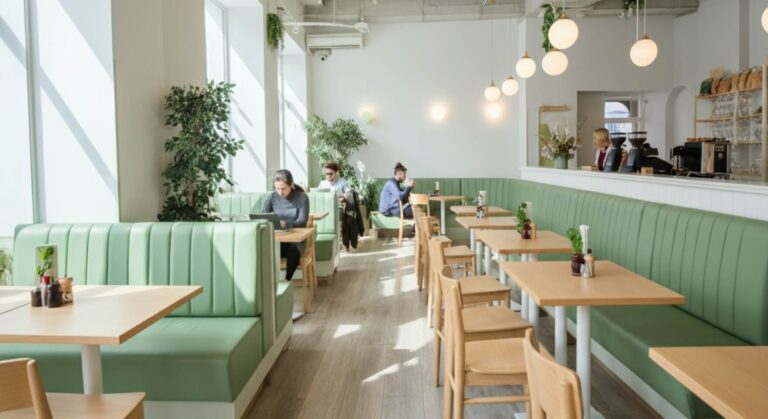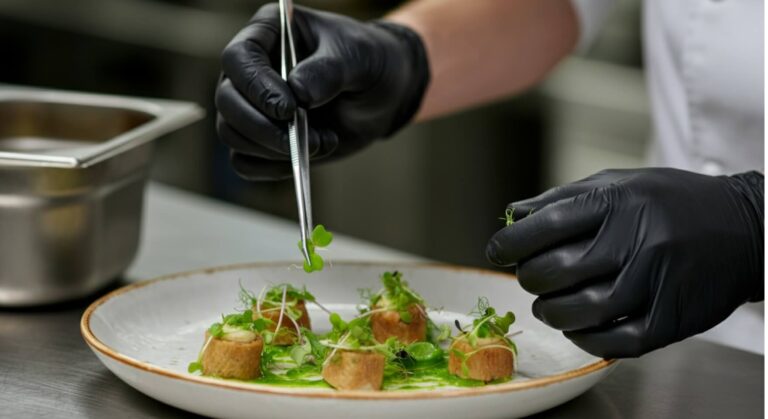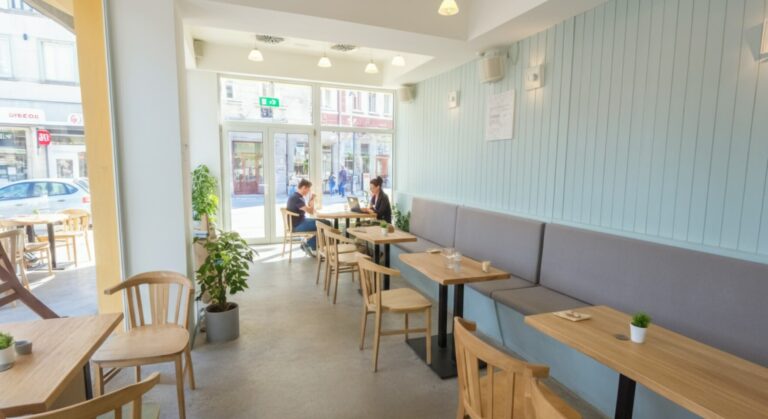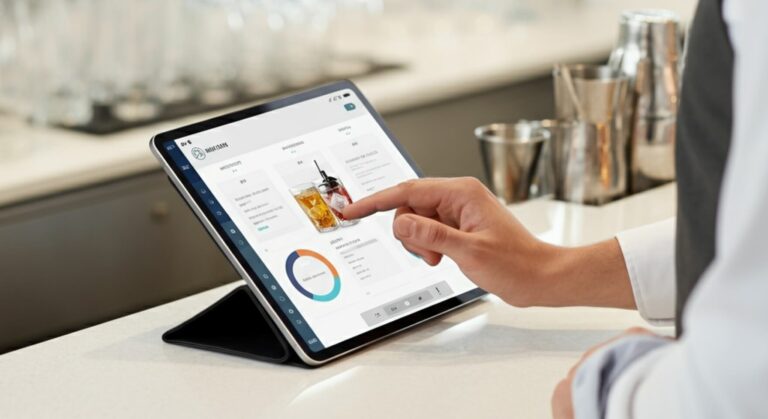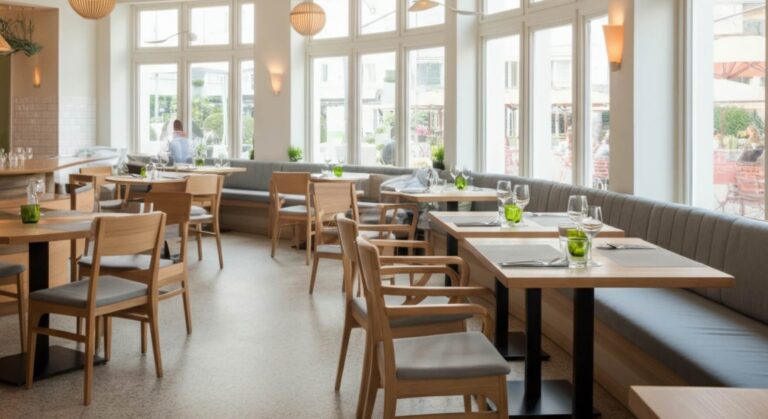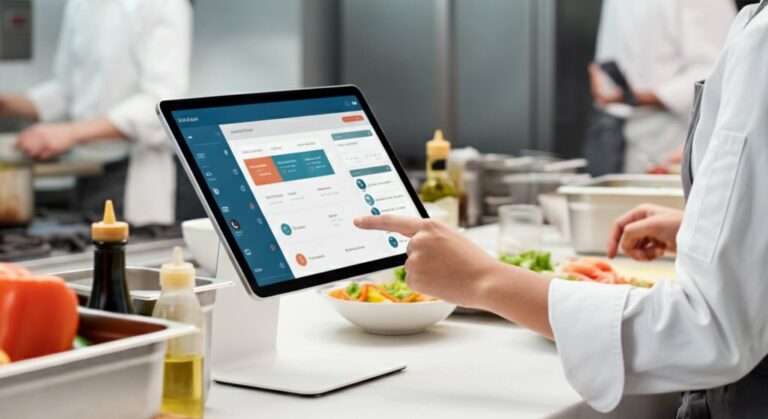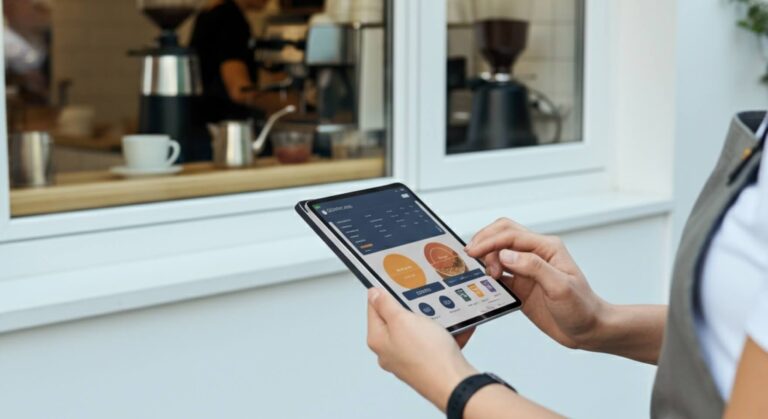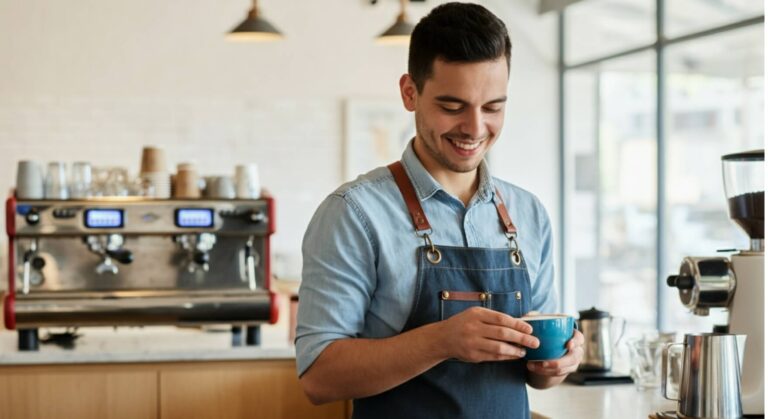
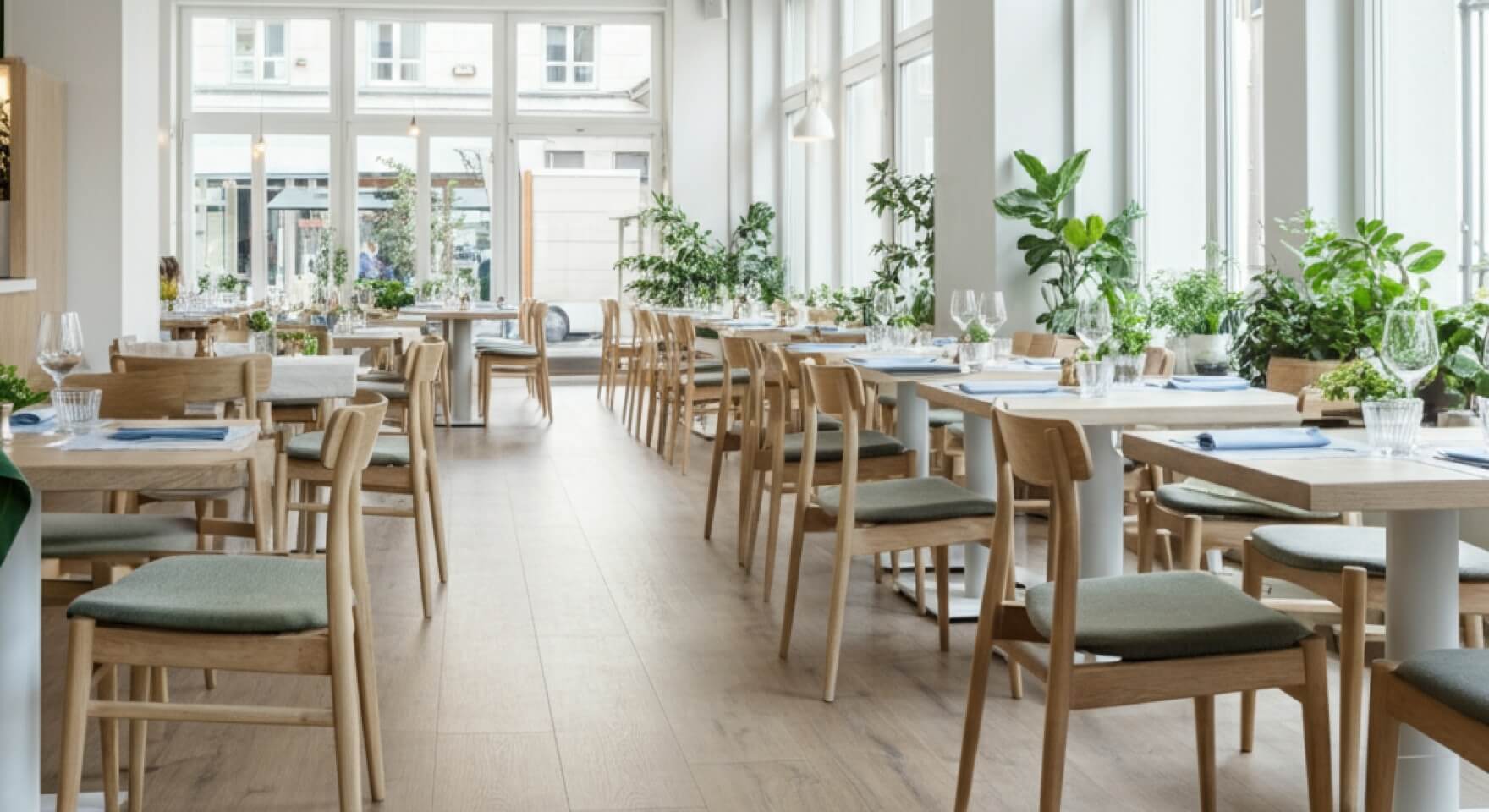
Remember the chaos? Order slips getting lost on the way to the kitchen, the cash register not balancing at the end of a shift, and figuring out how many products are actually left in stock being a real quest. If this picture is familiar, then you know that manual accounting in the food service industry is a path to burnout, not success.
But there is another way. Imagine having a single control center that sees everything: from every espresso sold to the last carrot in the warehouse. This isn’t magic; it’s smart catering accounting automation. Let’s explore how it turns routine into a smoothly running machine and frees up your time for what truly matters.
What Problems Does a Business Automation System Solve?
A modern automation system is more than just a cash register. It’s the brain of your establishment, connecting all processes into a single ecosystem. The main task that an automation system solves is bringing order and establishing complete control over your business operations.
When you decide to implement such a system, you get a powerful tool for managing your operations and your establishment. It allows you to simplify complex processes and speed up guest service. Optimization touches every aspect: from staff management to cash flow control. As a result, you start to anticipate problems rather than just reacting to them.
This is especially important for food service establishments, where profit margins are often slim and every penny counts. A well-structured restaurant automation system helps you understand operational efficiency and make decisions based on data, not intuition.
How Food Service Accounting Automation Transforms Operations from Order to Report
Let’s see what a day looks like in a cafe or restaurant that has implemented a modern accounting system.
The process starts with the guest. The waiter takes an order not in a notepad, but on a tablet. This could be a special tablet-based accounting system that instantly sends information to the kitchen and the bar.
- Order automation eliminates errors. The chef sees exactly what the guest ordered on the screen, without any distortions.
- Inventory management is done in real-time. As soon as a check is closed, the system automatically deducts products from the inventory according to pre-set recipe cards. You always know the exact stock levels.
- Coffee to go accounting or any other to-go items is handled just as meticulously as dine-in orders. This is especially important for coffee shop automation.
- All reporting is generated automatically. At any moment, you can view reports on sales, revenue, the most popular dishes, or the performance of each employee.
This kind of automation for a restaurant or cafe makes processes transparent. You can track every operation, from the arrival of goods at the warehouse to the moment a guest pays their bill. Accounting automation in a cafe isn’t just convenient; it’s vital for the control and growth of your business.
How to Choose and Successfully Implement Automation Software
So, you’ve made the decision. But how do you navigate the variety of options? Business owners often ask, “What software is commonly used in the food service industry?”. There’s no single answer because the choice always depends on your tasks and scale. There are powerful comprehensive systems like the Syrve system, and there are simpler, more flexible programs for cafes. The key is to find what’s right for you.
First, define your tasks. A small coffee shop and a large restaurant require different sets of features. Here’s what to look for when choosing software:
- Functionality. Make sure the software for cafes and restaurants includes everything you need: a POS terminal, inventory and product management, staff management, and a loyalty system for guests. Establishments with delivery will need a program for delivery orders.
- Integrations. Good food service software should easily connect with other services, such as accounting software for cafes.
- Ease of Use. Your entire staff will be using the system. The simpler the interface, the faster the training will be and the fewer mistakes will be made.
- Support. Find out if the developer provides technical support and assistance during implementation.
Many are interested in the cost of the software. It can vary. Some developers offer a free trial of their software for a few days, which is an excellent opportunity to evaluate all the features in practice.
Food Service Automation: How Restaurant Software Manages Accounting from Warehouse to Register
Quality accounting software for the food service industry is the foundation of an establishment’s financial health. It allows for accurate product tracking, cost control, and markup management. This is not just an accounting program, but a complete tool for financial planning.
Managing accounting in a restaurant with the help of software helps avoid many problems. You will always know which items are most profitable and which should be removed from the menu. Cafe automation software helps you manage accounting without the headache. The automation of the accounting system is the foundation upon which all other restaurant operations are built. By implementing an accounting system, you gain full control over the accounting in your cafe.

